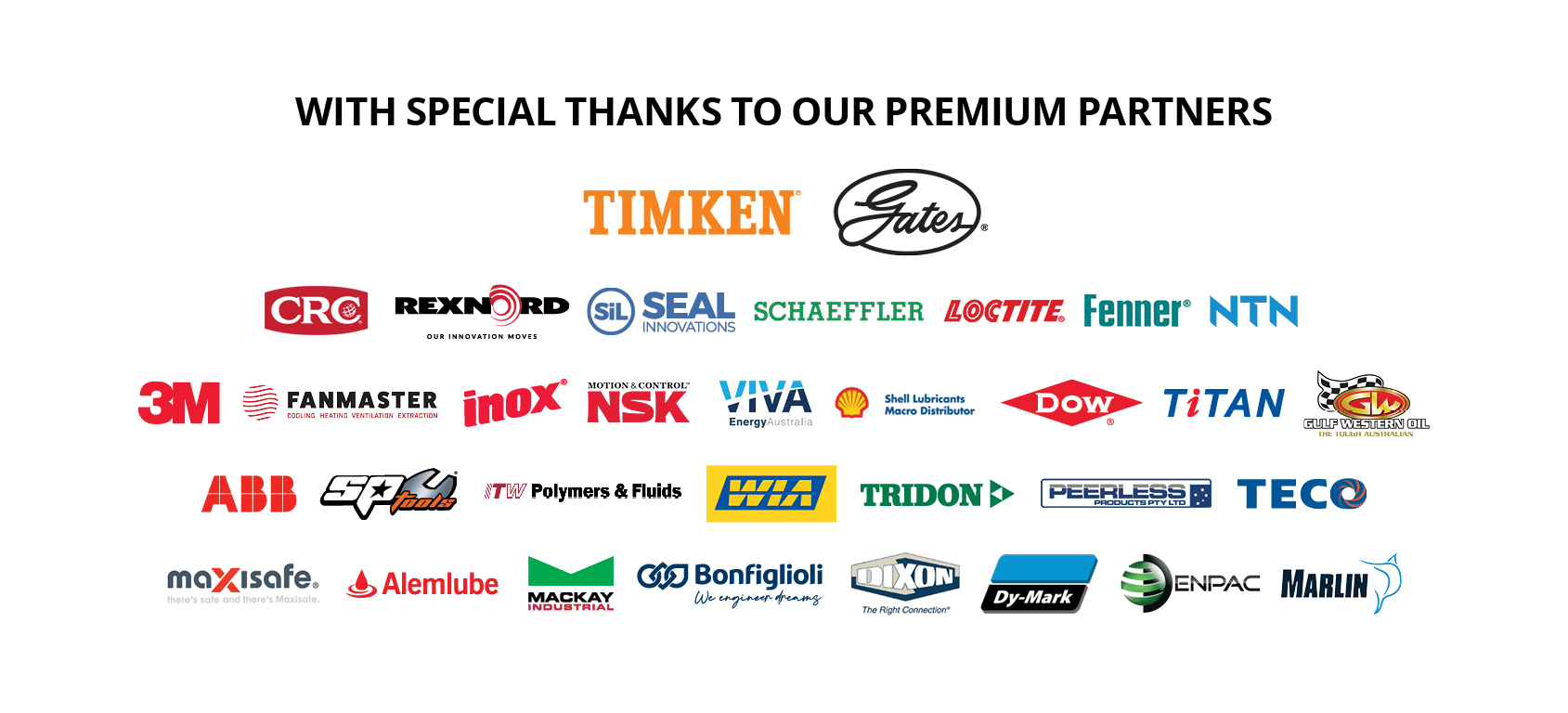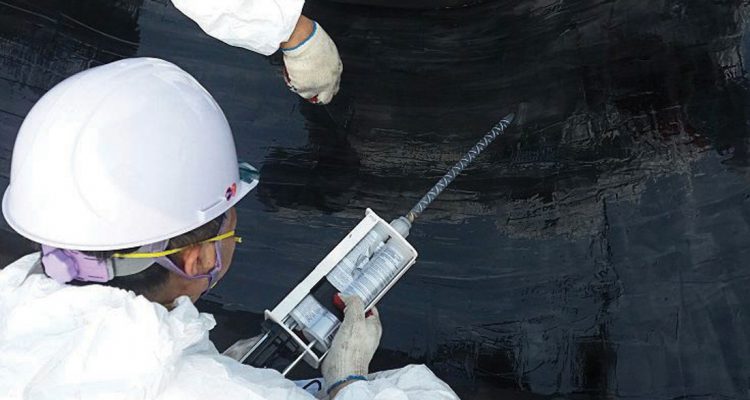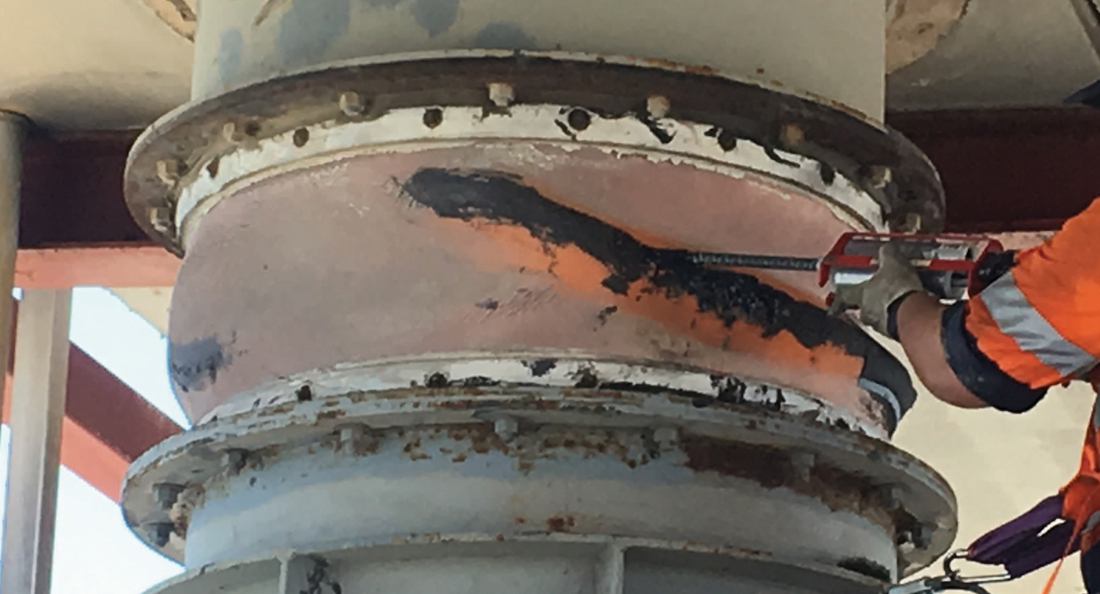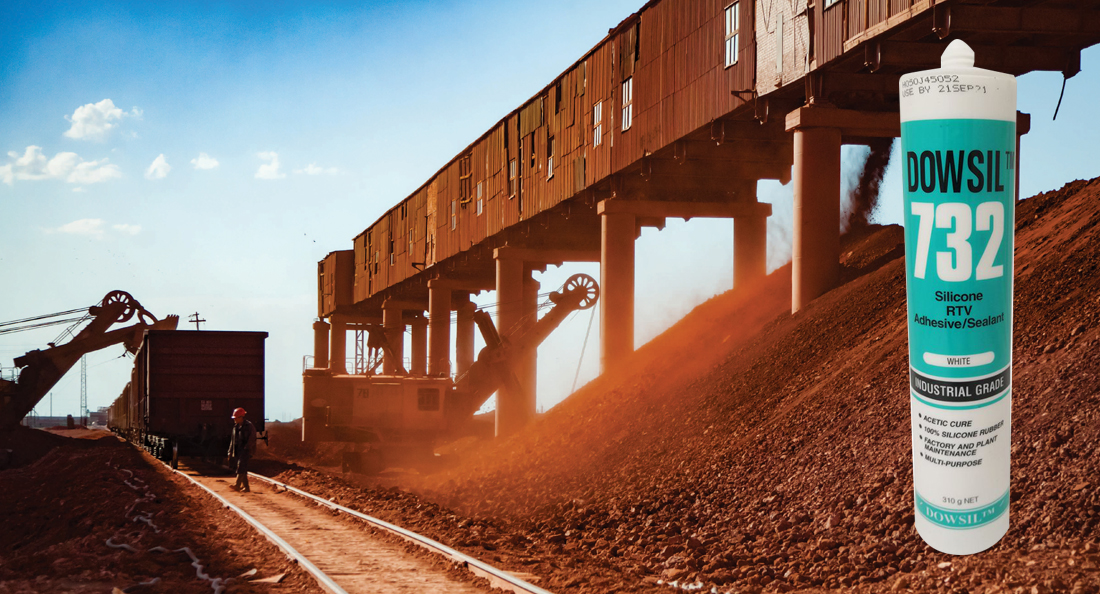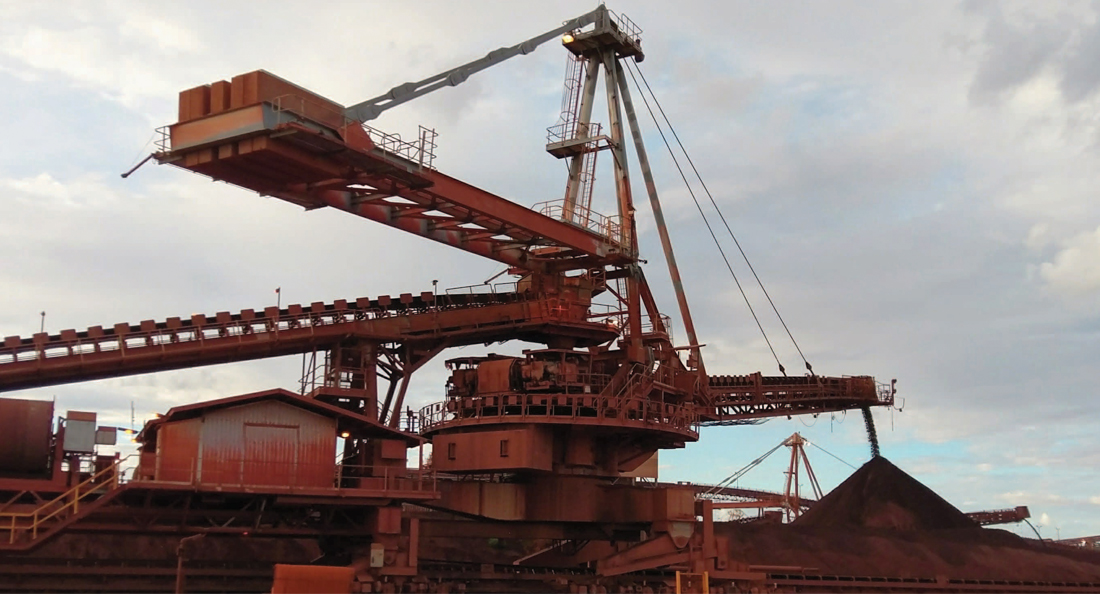Plastics and rubber play an important role in getting food and food products to our plates. Rubber conveyor belts and rubber/plastic lined chutes, hoppers and grinding mills are all part of the farm produce’s journey from farm to processing plants and to the trucks for transport.
When a rubber conveyor belt gets damaged, whether from wearing out against abrasive grains or an accidental impact, the race to get it fixed starts immediately to make sure minimum time is lost in downtime.
As a key distributor of adhesive products in the Australian market, CBC has had years of experience advising end users about the repair and maintenance of their conveyor belts.
Michael Rowe, CBC’s Product Manager for Adhesives and Sealants, says when a section of the conveyor belt gets damaged, more often than not repairing it is a wiser decision than replacing all or even parts of it.
“If you look at the overall cost of full replacement of a conveyor belt, it can be quite costly. Another option is to repair or replace the damaged section,” he explains.
Traditional methods of repairing conveyor belts vary from hot splicing to mechanical fastening using steel clamps. But, according to Mark Casotti, Henkel’s state manager for Western Australia, each of these methods have limitations, including being time- and labor-intensive.
“The hot patch repair requires heavy equipment and specialised people. Moreover, the repair can create protrusions on the surface of the belt which later create problems with cleaning,” Casotti says.
“Mechanical fastening also has certain shortcomings. The steel bolts can get corroded over time. The technique also puts excessive loads on the bolted section of the belt, where it can get torn again under tension. The belt is also not completely sealed, which means you can lose products through the hole in the belt,” he explains.
However, it’s also possible to use rubber repair PU resin, such as LOCTITE PC 7350, which is easy to apply, cures fast at room temperature and is resistant to chemicals and abrasion.
“By repairing the gouges on the conveyor belt using the right repair product, you can get the operation back on track with minimum time loss and at far less costs,” Says Rowe.
Casotti says the LOCTITE PC 7350 was introduced by Henkel a few years ago to offer better adhesion to rubber, faster curing and better flexibility compared to its predecessors.
“As the conveyor belt bends around the pulley, the repair product should be flexible enough to withstand the forces in the belt. The LOCTITE PC 7350 cures within just two hours to tolerate those forces,” he explains.
“The LOCTITE PC 7350 also comes in easy-to-mix cartridges, making it easy even for non-specialised persons to apply the adhesive on the damage area,” he adds. “It only requires a few simple steps, as long as the correct process is adhered to.”
CBC has a long-standing relationship with Henkel that goes back to over 40 years. Rowe says the CBC and Henkel teams work closely together to offer the best repair and maintenance solutions to customers.
“The CBC sales and engineering team have a deep understanding of the customers’ requirements and we work with the Henkel team to bring customers the best repair solutions,” he says.
While the primary market is operators of conveyor belts, Casotti explains that the PU resin repair product can also be used in other applications.
“Apart from conveyor belts, the same product can be used to repair rubber parts on liners in mills, hoppers, chutes and feeder bowls,” he says.
In a recent example, Casotti says, the LOCTITE PC 7350 was used to repair HDPE liners inside a grain chute.
“The large HDPE sheet was damaged in a small area. Rather than having to deal with the cost and labour time of replacing the whole sheet, the customer was looking for a solution to just repair the damaged area. With the use of the correct primer for surface preparation and the use of LOCTITE PC 7350, they could fill the gouge and have it cured within two hours and go back into operation,” he explains.
